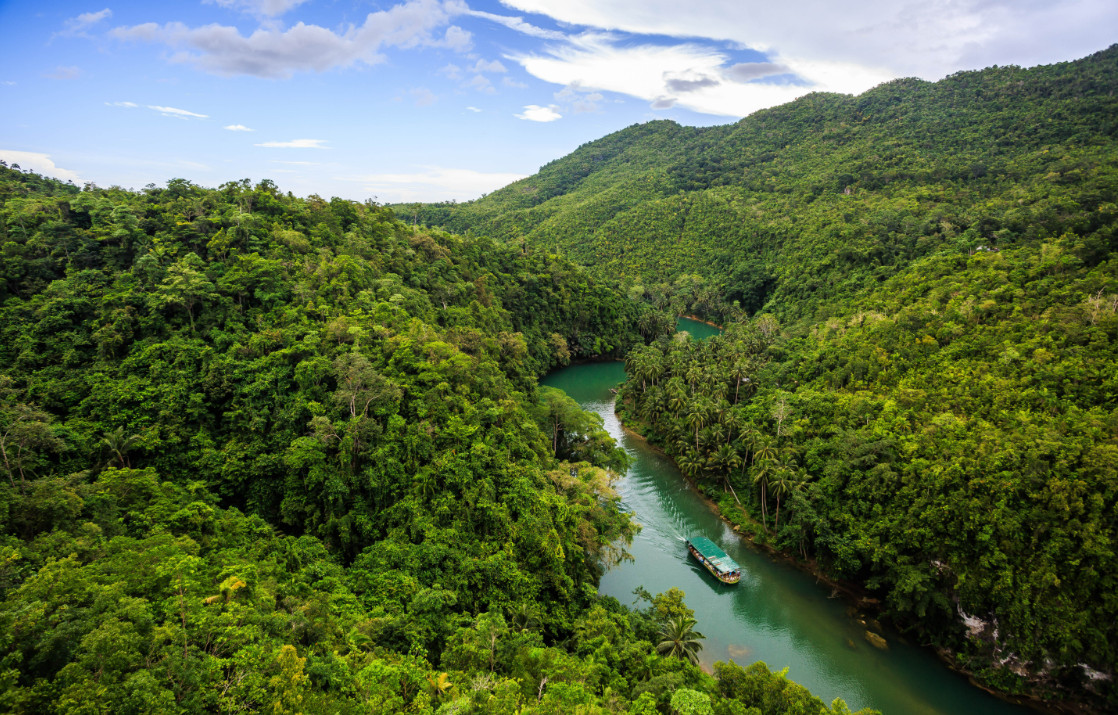In a recent media interview in Fort del Pilar, Baguio City, President Ferdinand R. Marcos Jr. emphasized the significance of preserving and nurturing the country’s forest cover to foster economic growth and development. He stressed that the Philippines’ forest cover is a valuable asset that can be monetized, assigned a peso or dollar value, and actively managed to promote environmental sustainability and economic progress.
The State of the Philippines’ Forests
The Department of Environment and Natural Resources (DENR) oversees approximately 15 million hectares of land classified as forestlands. In 2011, the country’s forest cover was 6.8 million hectares. However, recent data from 2020, gathered by the National Mapping and Resource Information Authority (NAMRIA), indicates a noteworthy increase of 5.6 percent, bringing the total forest cover to 7.2 million hectares. This encouraging trend demonstrates the potential for improving the nation’s ecological health and economic prosperity.

Harnessing Economic Potential Through Forests
The DENR has formulated strategic plans and programs to leverage the forestry sector’s potential to drive economic growth in the Philippines. One key initiative involves creating a real-time, single-point access forestry investment portal. This portal aims to provide comprehensive information and services related to forestry investment and identify areas suitable for development and utilization.
The portal will also establish connections with financial and credit facilities offered by partner financial institutions, including the Development Bank of the Philippines. This support is crucial for the success of the DENR’s agro-forestry plantation program. Furthermore, it will facilitate access to insurance packages the Philippine Crop Insurance Corp. offers for selected tree species cultivated in developed forest plantations.
President Marcos Jr.’s Focus on Responsible Mining
President Marcos Jr. acknowledged the critical role of the mining sector in his administration’s economic plans. However, he emphasized the necessity of responsible mining practices to prevent the environmental mishaps that have plagued the industry. He affirmed the government’s commitment to enforcing regulations ensuring mining companies leave mining sites in the same condition they found them.
This commitment to responsible mining aligns with the broader goal of safeguarding the environment. The government aims to balance economic development and environmental protection by implementing strict regulations and monitoring practices.
Economic Benefits of Forest Conservation
The connection between a healthy forest cover and economic growth is not new. Forests play a multifaceted role in contributing to a nation’s economic well-being:
- Biodiversity and Tourism: Forests attract tourists with their diverse flora and fauna. Ecotourism has the potential to generate revenue while preserving the natural environment.
- Climate Change Mitigation: Forests act as carbon sinks, absorbing carbon dioxide from the atmosphere. This, in turn, helps combat climate change and reduce the costs associated with environmental disasters.
- Timber and Non-Timber Forest Products: Sustainable forestry practices can provide a steady supply of timber and non-timber forest products. These resources can be utilized for various industries, from construction to medicine.
- Regulating Water Sources: Forests help regulate water sources, reducing the risk of floods and ensuring a steady supply of clean water for agriculture and industries.
- Employment Opportunities: The forestry sector generates employment opportunities, benefiting local communities and economies.
By actively preserving and expanding the Philippines’ forest cover, President Marcos Jr. is protecting the environment and nurturing a valuable economic asset for the nation’s sustainable growth and development.
Final Thoughts
President Ferdinand R. Marcos Jr.’s emphasis on safeguarding and nurturing the Philippines’ forest cover is a significant step toward promoting economic growth and environmental sustainability. With a commitment to responsible mining and developing a forestry investment portal, the government is poised to harness the economic potential of the nation’s natural resources while ensuring their long-term viability. The Philippines can pave the way for a prosperous and sustainable future by striking a balance between economic development and environmental protection.
See Also:
- The Urgency of Reforestation: Saving the Philippines’ Vanishing Forests
- Top 15 Hardwood Trees in the Philippines to Grow for Profit
- Gmelina vs Mahogany: Which is more Profitable to Grow and Why
- Dita Tree: Description, Uses, and Benefits
- Betis Tree: Description, Uses, and Benefits
